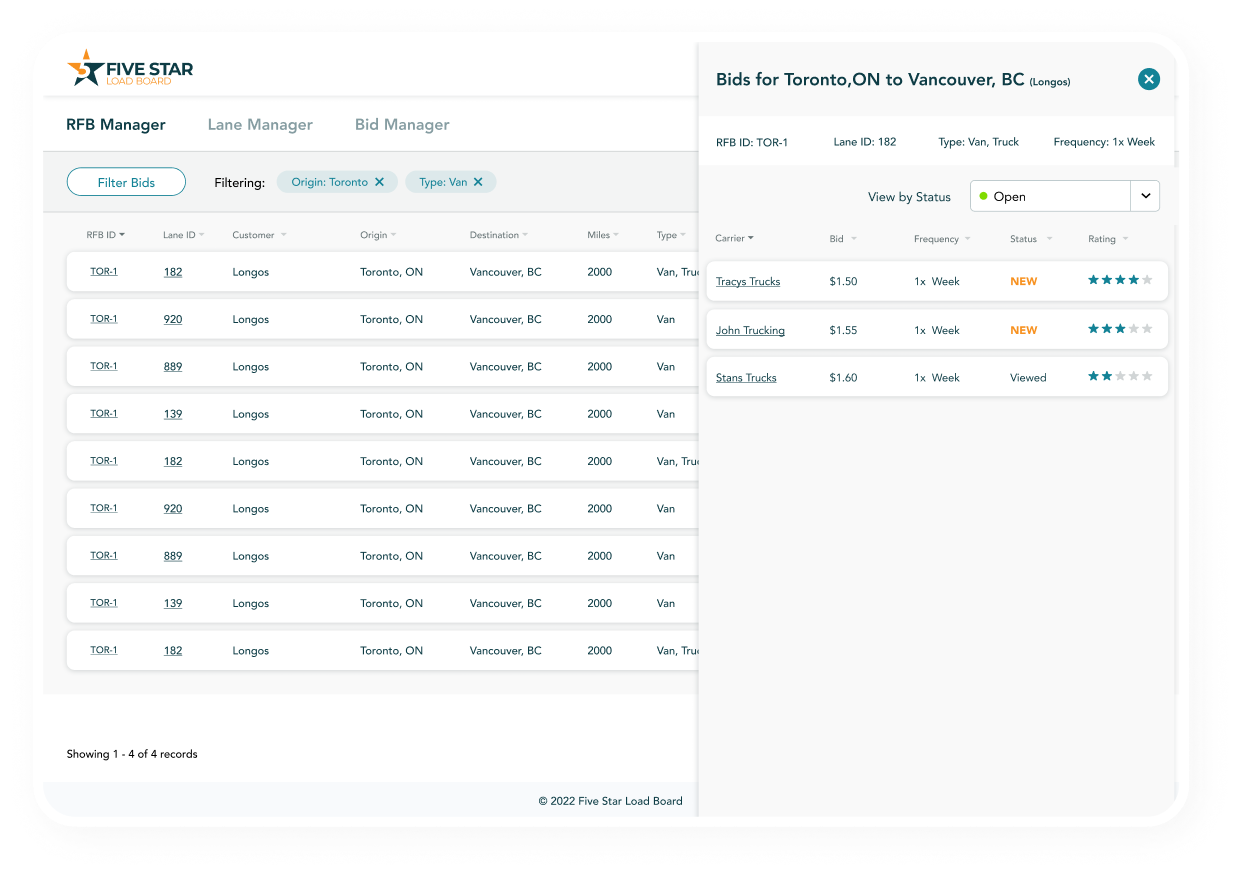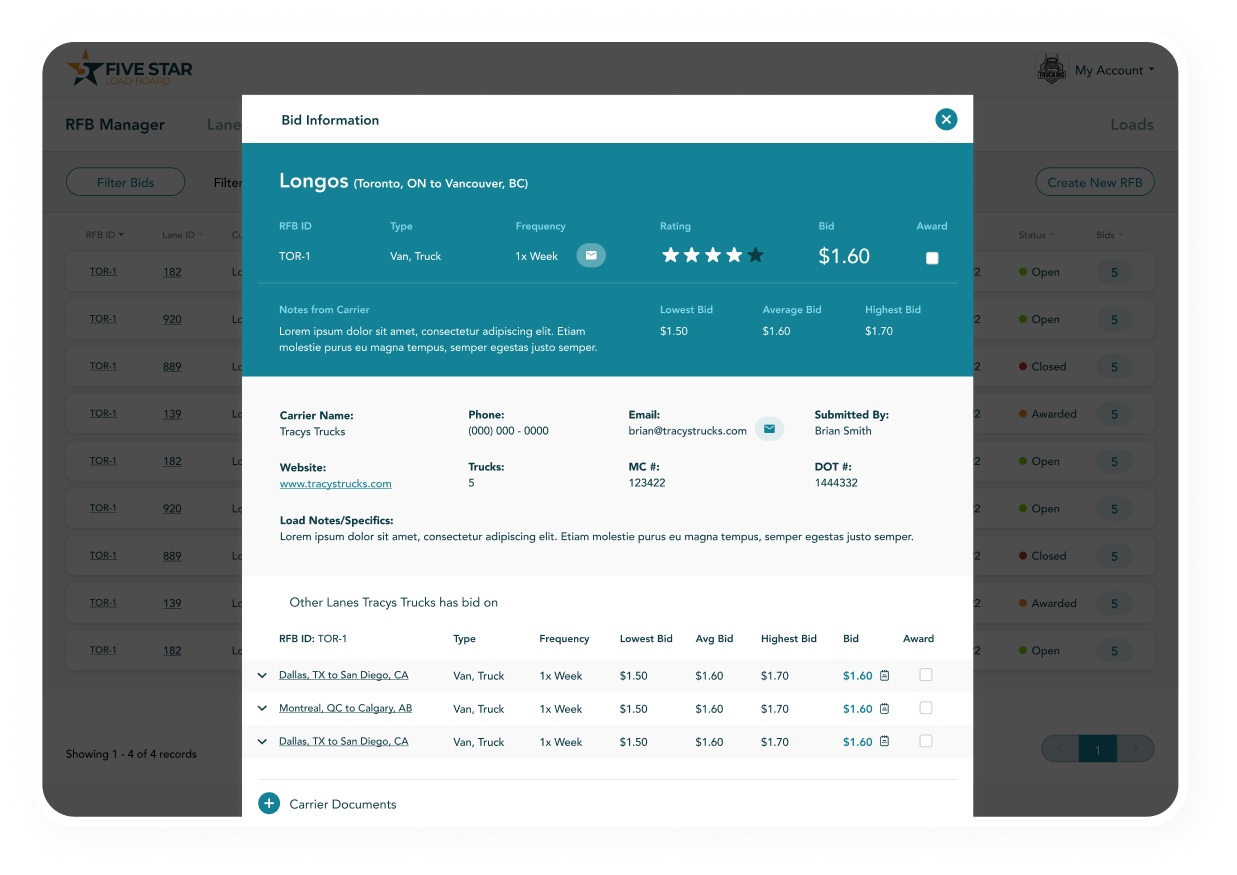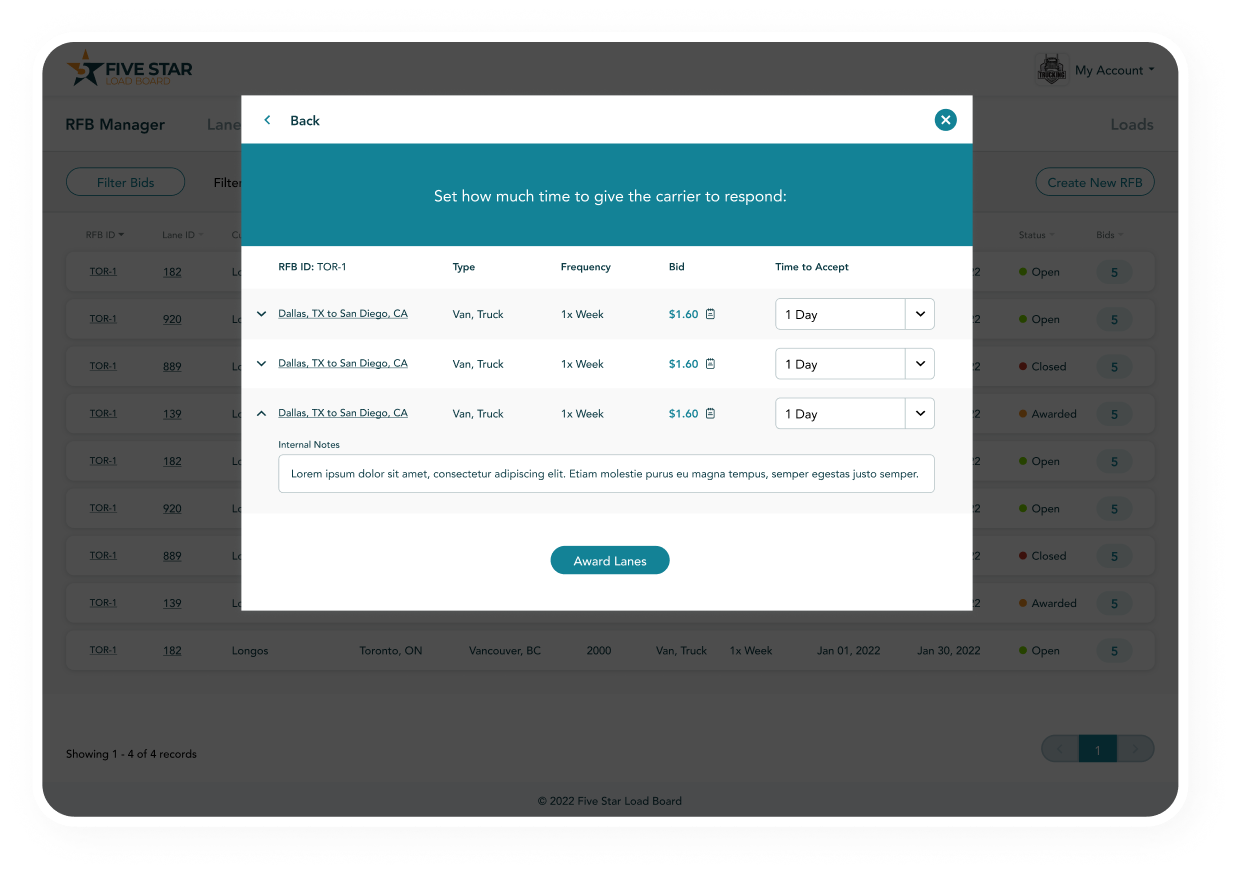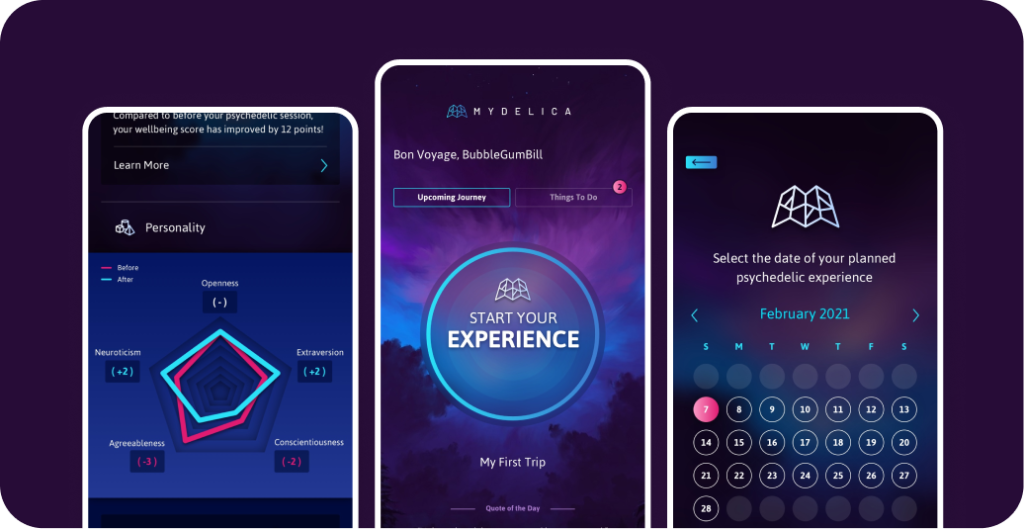
Enterprise level digital ecosystem for logistics management
Project duration
12 months
Industry
Logistics, Fintech
Our Client – A Fintech Giant
Our client, eCapital, is a corporation that helps small and mid-sized businesses with funding solutions. eCapital’s brand, Five Star, offers a suite of products that equip small & mid-size transportation businesses with the necessary tools for success.
One of the products in the suite is the Five Star Load Board. It is a shipping and logistics marketplace where both carriers and brokers can find, post, and factor truck loads. eCapital contacted us to upgrade its existing product with new features that make it easier for both drivers and freight brokers to manage their loads.
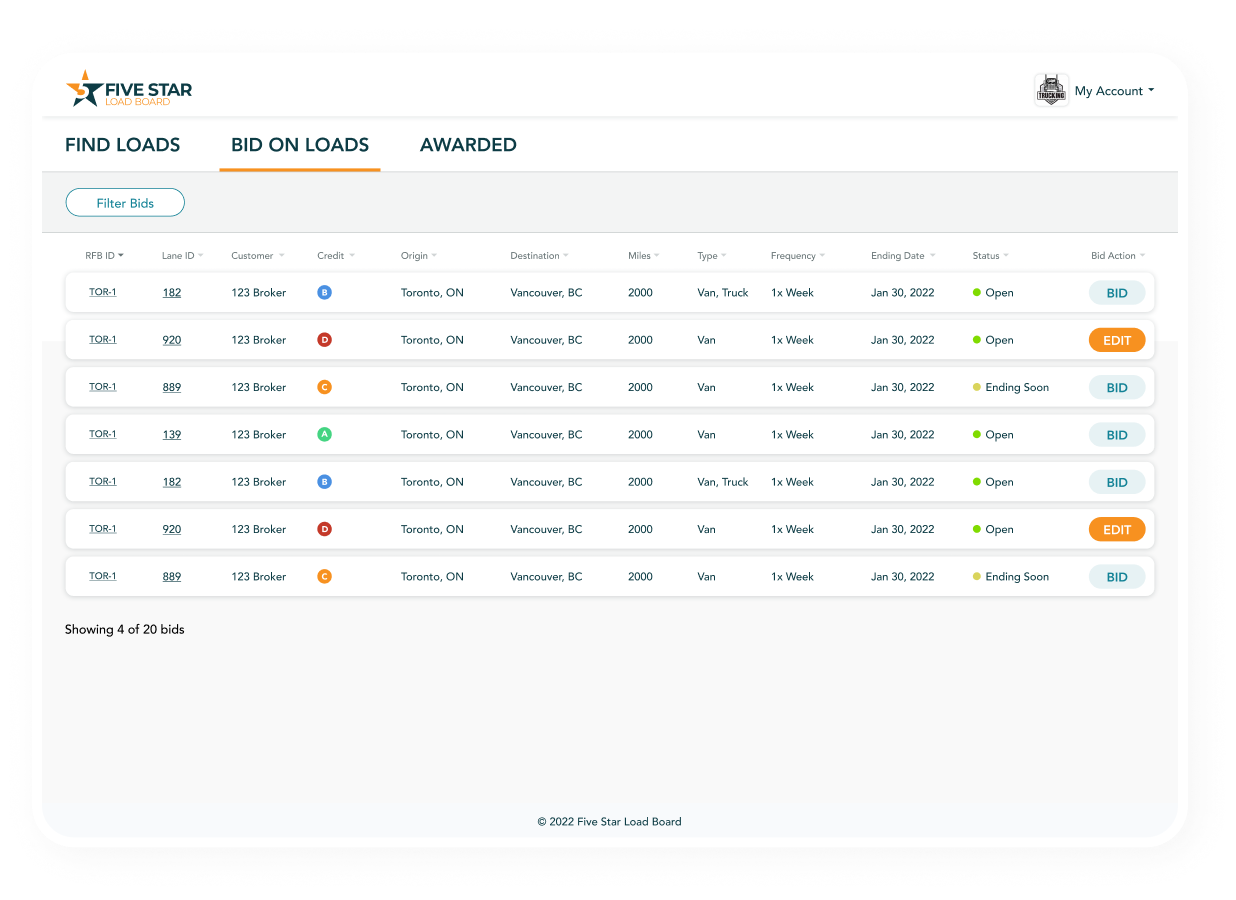

A Five Star Load Board
for the Logistics Industry
for the Logistics Industry
Specializations
-
1Product
Owner -
1Project
Manager -
3Software
Engineers -
1QA
Engineer -
1Product
Designer
Services
- Product Design
- Product Development
- Project Management
- Quality Assurance
Components Built
- Flawless Onboarding
- Load Ingestion
- Enterprise level search
- User-friendly acquirement of loads
- Bidding system
- Cost-per-mile calculator
- Factoring invoices
- Lead Generation
Technologies
- Solr
- Stripe
- BitBucket
- DataDog
- BugSnag
- Kubernetes
- AWS
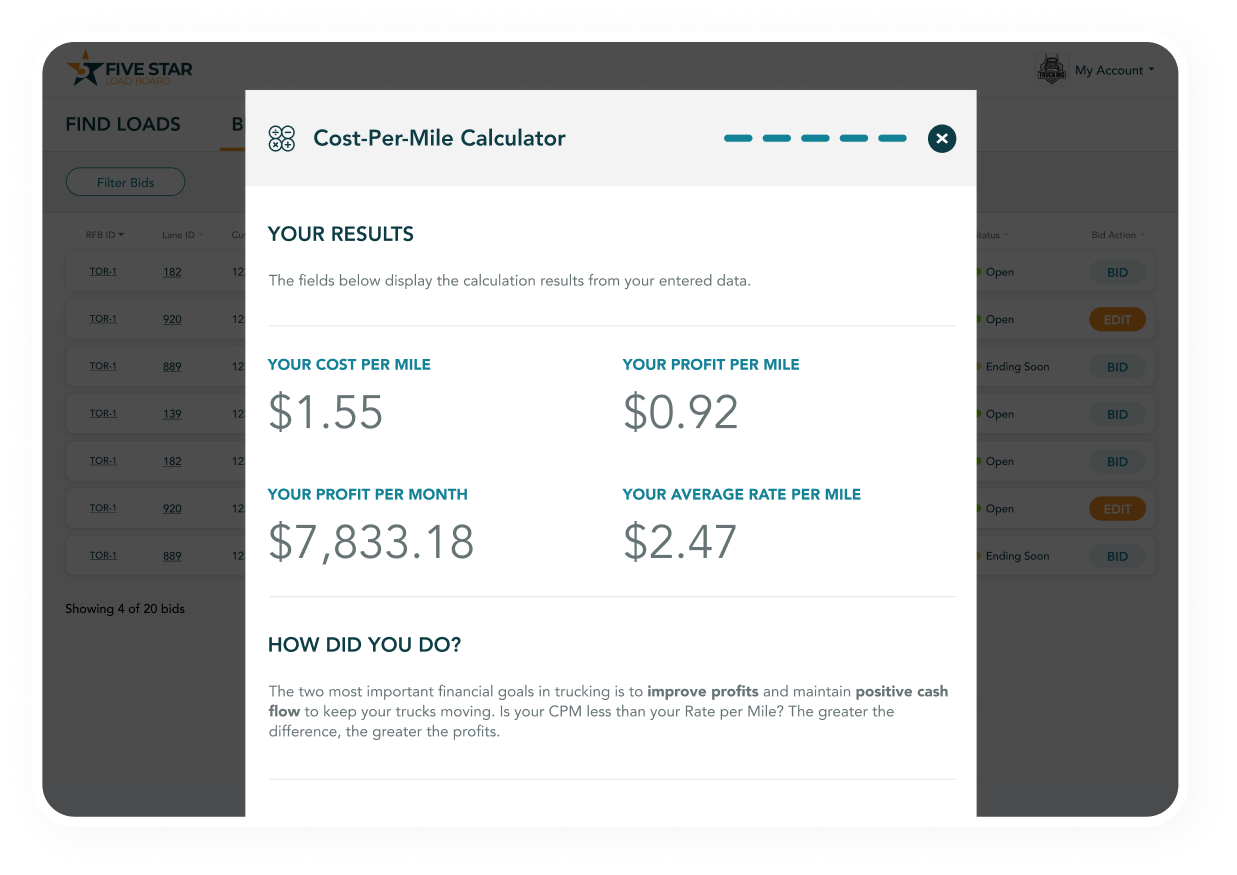
Project Flow
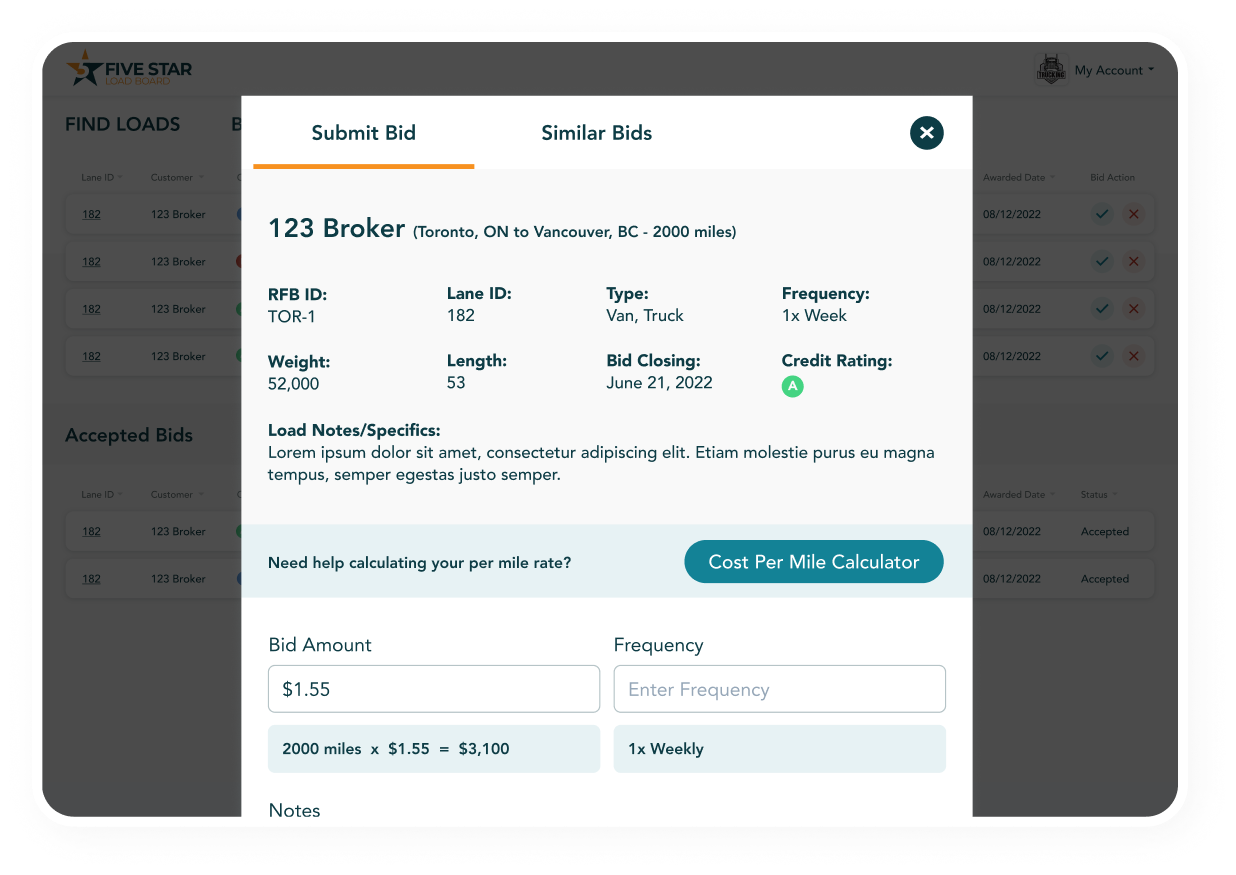
Results & outcomes
Proof is in... the results
4000+
customers
60%
faster time-to-market
Unlocked
new revenue stream


